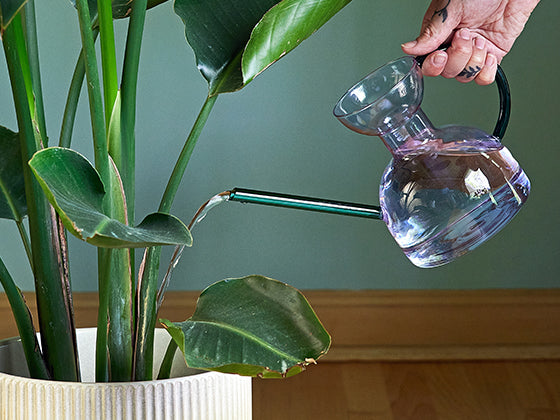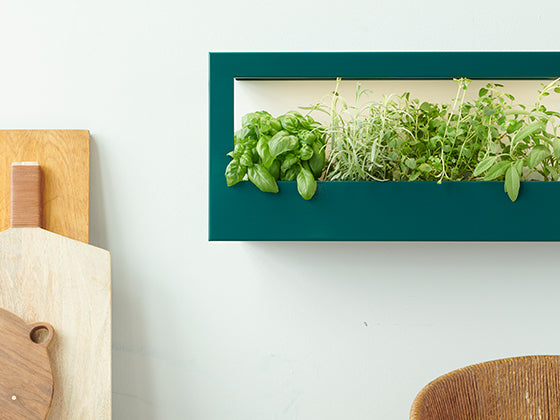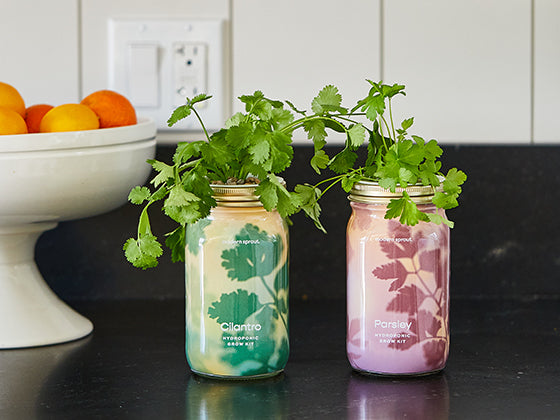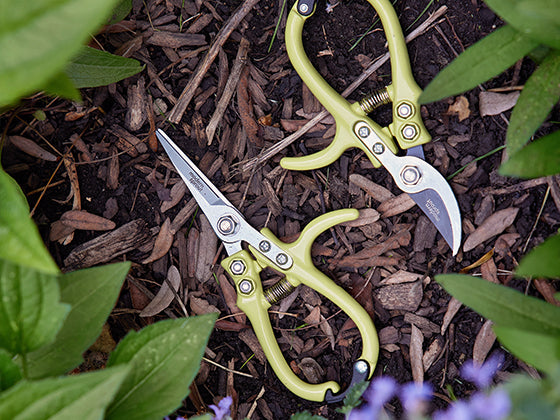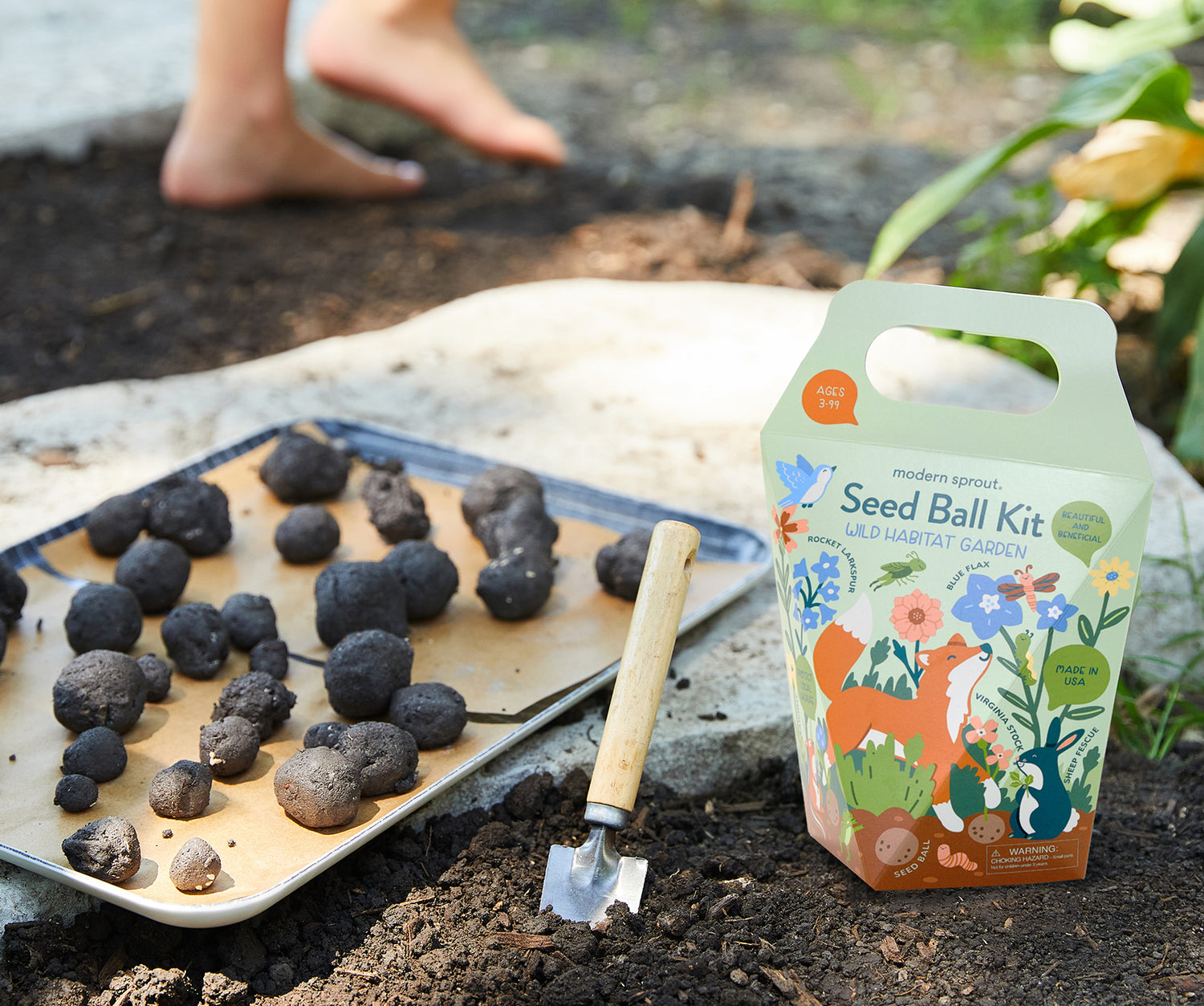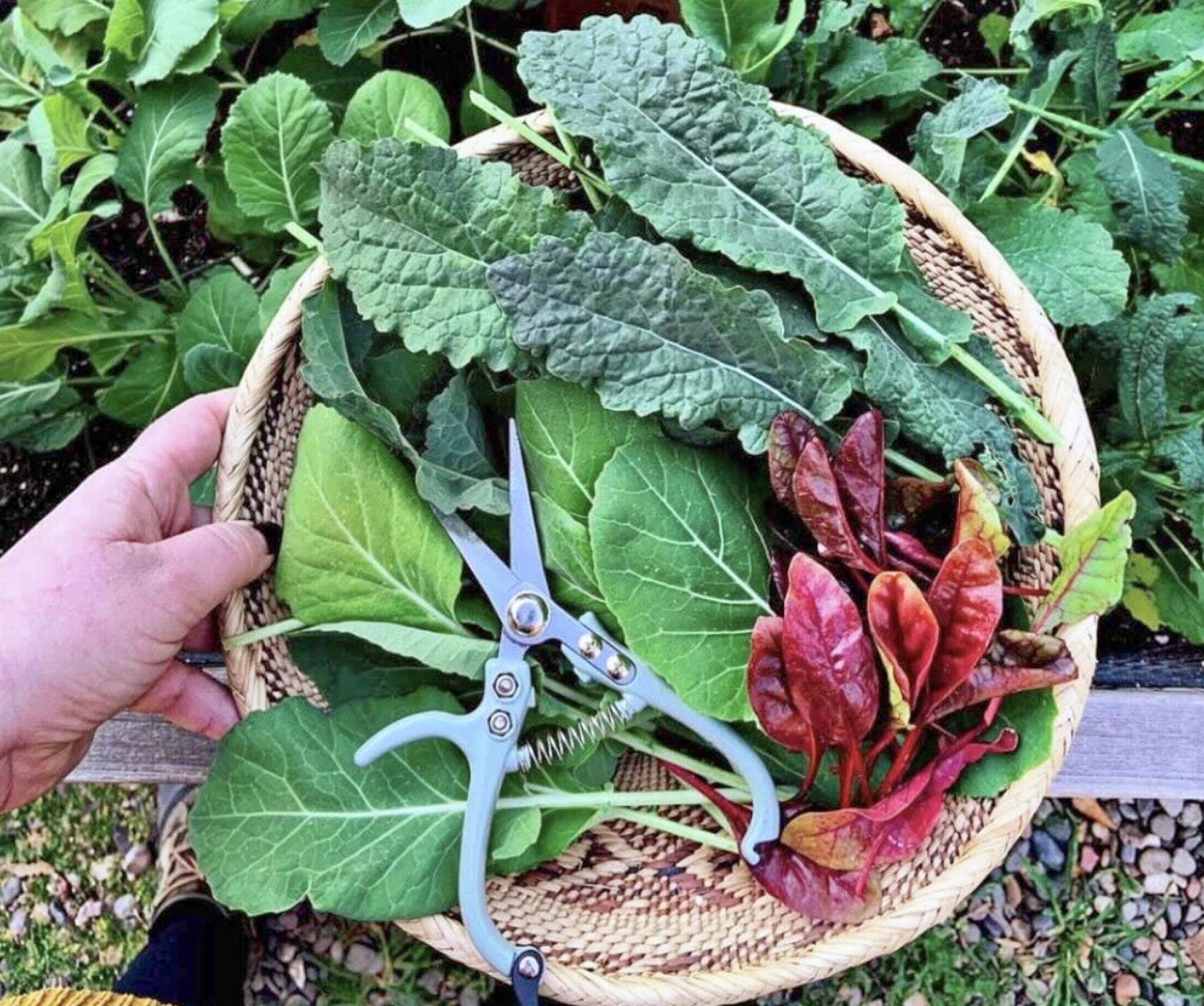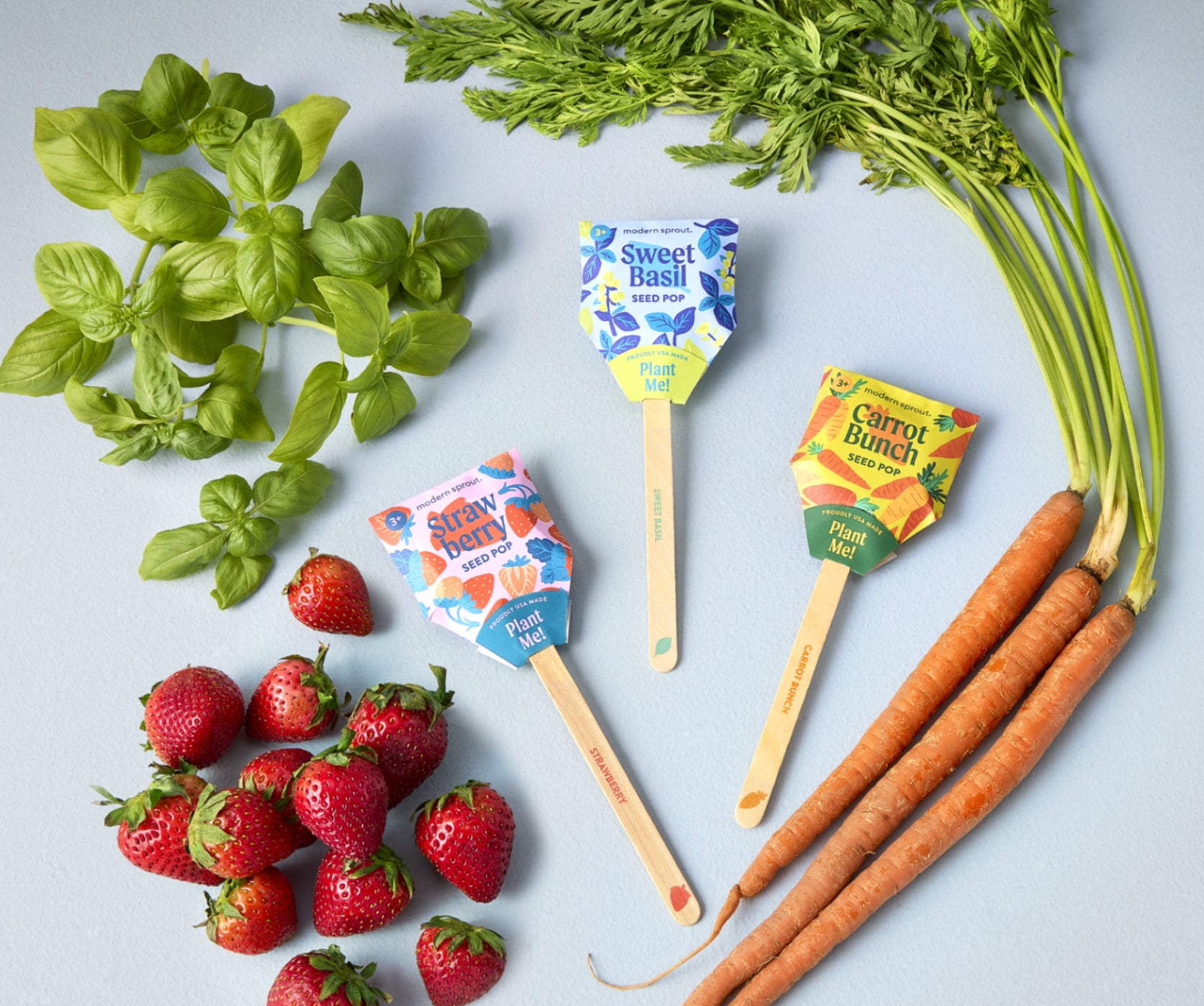 Beyond being beneficial, they’re beautiful! Ready to learn a bit about the many blooms in your future? Let’s get in the mix.
Beyond being beneficial, they’re beautiful! Ready to learn a bit about the many blooms in your future? Let’s get in the mix.PERENNIALS
 SHEEP FESCUE
SHEEP FESCUE
At a glance: A dense, dwarf brush grass? Sign us up Sheep fescue is a cool-season grass, well-adapted to grow even in parts of the country that get pretty cold. It prefers partial to full sun and grows quickly, and well, in even poor soil and in drought conditions.
What it symbolizes: Not much – but we learned that a fescue is a stick or small pointer used to help children recognize letters
Expect to bloom: Grass grows in the spring and fall, blooms in June and July MAIDEN PINK
MAIDEN PINK
At a glance: This herbaceous, pink five-petaled perennial likes full sun. Expect to spot hummingbirds, attracted to these star-shaped beauties and you may dig their clove-ish scent. Maiden pink’s petals are edible, so consider popping some pink in your summer salads.
What it symbolizes: This pink varietal of dianthus (dianthus means divine flower in Greek!) is known to represent affection and gratitude as well as love and passion.
Expect to bloom: May - July SHASHTA DAISY
SHASHTA DAISY
At a glance: This daisy is as hearty as the California mountain, Mt. Shasta, that inspired its name and grows well in most conditions, even the cold. White petals and a golden center are about as classically daisy as they come. It propagates well, so get ready for many daisy bouquets in your future.
What it symbolizes: Shasta daisies represent innocence, new beginnings, hope and untarnished beauty.
Expect to bloom: Summer till fall BLUE FLAX
BLUE FLAX
At a glance: Linen and fiber may come to mind with flax, but blue flax flowers are striking, silky and sky blue. Plus, they’re known to be as low maintenance as they are pretty, growing well under a variety of conditions. White-tailed deer, elk and bird are all known to eat blue flax.
What it symbolizes: Flax symbolized purity in ancient times – in fact Egyptian priests only wore linen because it was made from flax.
Expect to bloom: Late spring to midsummer
ANNUALS LARKSPUR
LARKSPUR
At a glance: Spikes and spires of many colors are the hallmark of the imperial mix of rocket larkspur, which belongs to the buttercup family. They prefer to be grown by seed in well-drained soil with full sun. Bumblebees, and other bees, along with hummingbirds are larkspur’s main pollinators, though butterflies and ladybugs will also visit.
What it symbolizes: Larkspur is the flower for July birthdays. They represent lightheartedness, youth, positivity, and a carefree (if sometimes fickle) heart.
Expect to bloom: May into summer GLOBE GILIA
GLOBE GILIA
At a glance: Tall and members of the Phlox family, these are recognizable for their – you guessed it – globe shaped purple-to-blue-to-violent flowers. Drought tolerant, globe gilia like moist, even sandy, to dry soil and can handle light shade (but prefer full sun). Honeybees and other bees dig globe gilia, as do butterflies.
What it symbolizes: Also called Queen Anne’s Thimble, these beauts represent all kinds of good things: hope and desire, inspiration and affection, beauty and love.
Expect to bloom: May - July CATCHFLY
CATCHFLY
At a glance: These bright perennials from the carnation family grow well in full or partial sun when provided drainage. Not only are they tolerant of most soils, but catchfly are also quite drought tolerant once established. Talk about a low maintenance flower! Hummingbirds and butterflies are attracted to catchfly.
What it symbolizes: Catchfly represent love’s many sides. Sticky leaves represent love’s strength while delicate blooms are reminiscent of the fragile nature of a relationship.
Expect to bloom: June - August LOVE-IN-A-MIST
LOVE-IN-A-MIST
At a glance: Many hyphenate love-in-a-mist are named for the foliage that forms around them. These blue and white blooms on hardy annuals help you lean into those cottage core vibes. They prefer to be planted by seed in spots that will give them full sun and well-drained soil. Pollinators like bees love love-in-a-mis.
What it symbolizes: Like their name, the outlook is hazy on affection with these blooms. Love-in-a-mist can represent unrequited love – or a sensitive soul.
Expect to bloom: July - September VIRGINIA STOCK
VIRGINIA STOCK
At a glance: Gardeners love Virginia stock because they are easy to grow, go bananas in terms of blooming and smell great. They’ll do their thing in a range of soil conditions and from full sun to partial shade, though they like it sunnier than not. You can expect white, yellow or lilac blooms from Virginia stock seeds.
What it symbolizes: Maybe gardeners also love Virginia stock because stock flowers represent a contented, happy life!
Expect to bloom: Late spring to mid-summer
Happy Cultivating,
The Modern Sprout Team

